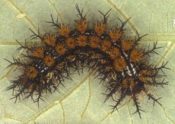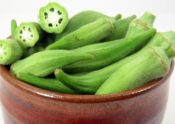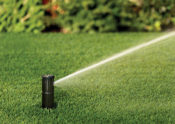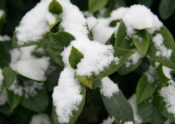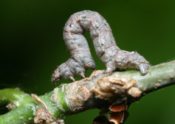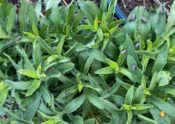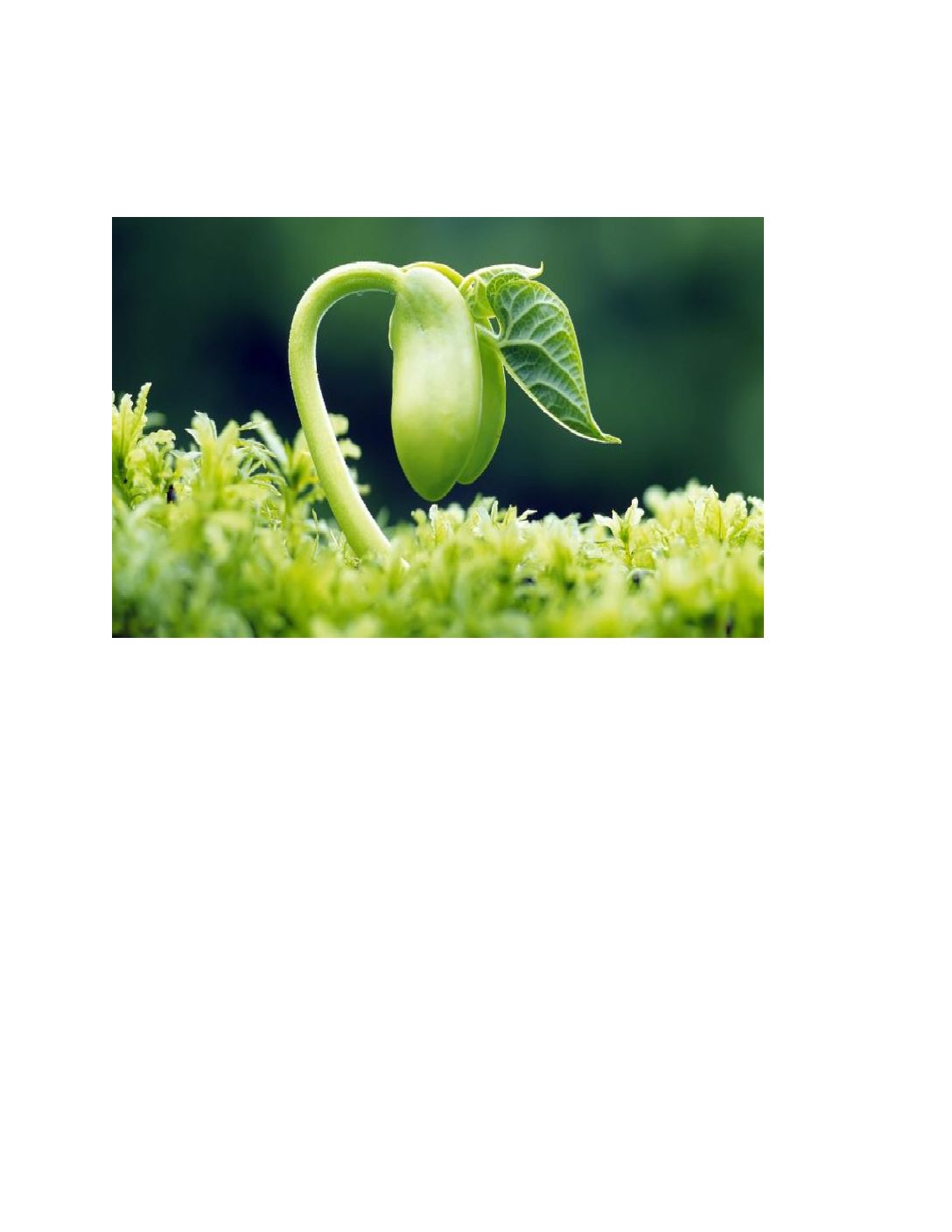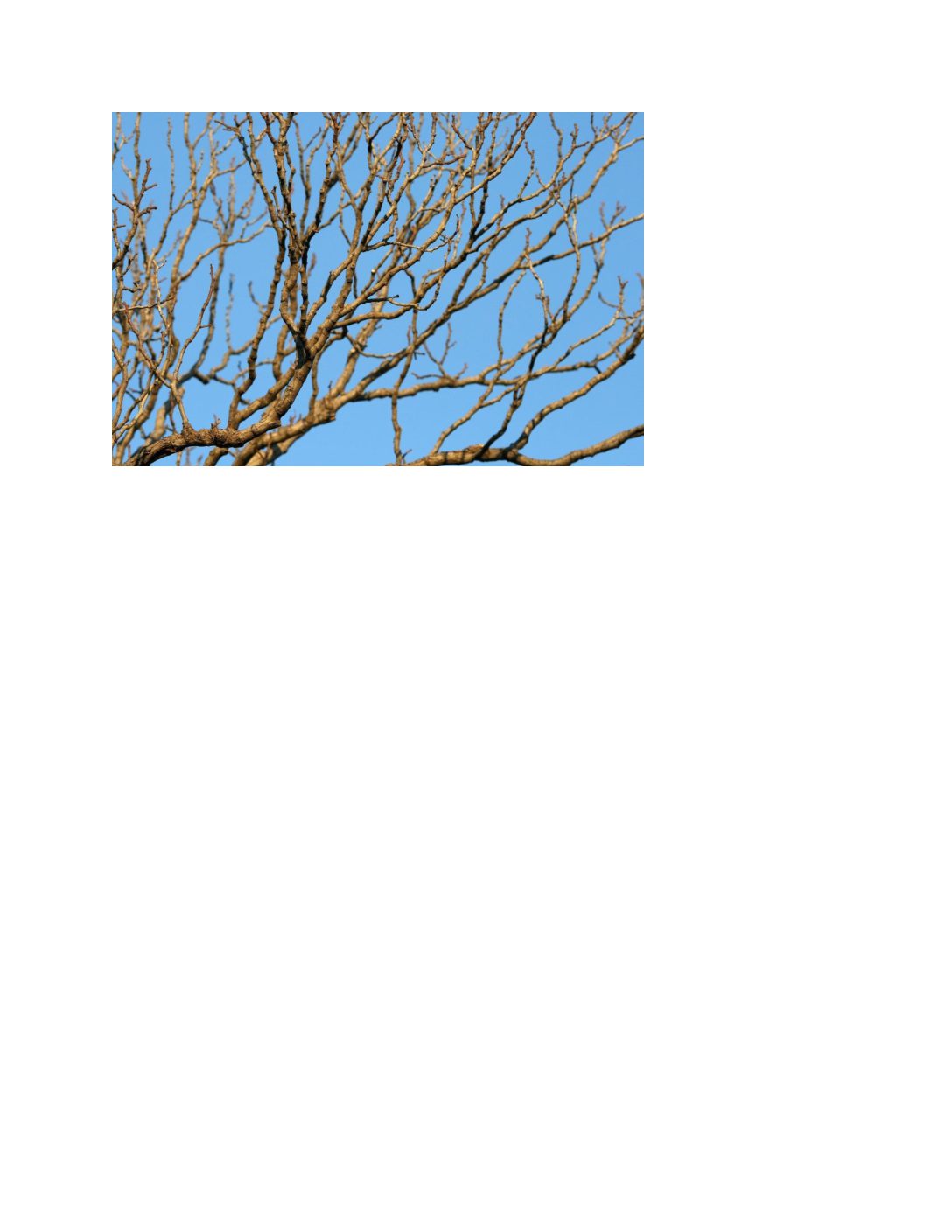
In the early days after Winter Storm Uri, the message from horticulturists and arborists was “Be Patient.” We wanted to see which plants were able to rebound from the freeze as they started the normal spring leaf out. Fortunately, many of our trees, shrubs, and other ornamentals are doing great!
Nearly four months later, horticulturists and arborists are still preaching the same message about plants that don’t seem to be doing very well. Trees are generating the most cause for concern, specifically some live oaks, Monterrey oaks, and Ash trees.
In February in Texas, trees begin the process of getting ready to do their spring leaf out. They begin pulling nutrients up from the roots and pushing them into their branches and twigs. The freeze was timed just right that all that energy the trees were using to prepare for spring leaf out was frozen and lost. Now trees have to summon up more energy to try to create new buds and leaves. That can take some time, and some trees might have enough other stressors such as disease, pests, or other environmental stressors that they just cannot recover.
Our inclination as caretakers is to help provide trees with water or nutrients or pest control to give the trees a fighting chance. The Texas A&M Forest Service states it well, “Unfortunately, experts are saying there isn’t much you can do, and there is very little that you should do.”
Trees do not need extra fertilizer, which would promote growth. That seems counterintuitive, but trees need to focus all their energy on keeping a healthy defense system. A spurt of new growth from fertilizer only redirects energy away from a defense system. Preventative insecticide and fungicide treatments should only be done on a case-by-case basis.
One thing you might do is provide one or two supplemental waterings per month when it gets hot later in the summer. Trees do not need the extra water right now, so wait until it gets hot and dry in July and August.
If your trees have some leaves, continue to be patient, and see how they do next spring. If the tree is completely bare in July, you can probably count on it being dead. The hardest thing to do is wait, but trees do pretty well in the wild without our help.
For more information about lawn and garden topics, contact Horticulture Extension Agent Kate Whitney at the Williamson County AgriLife Extension Office at 512-943-3300.
